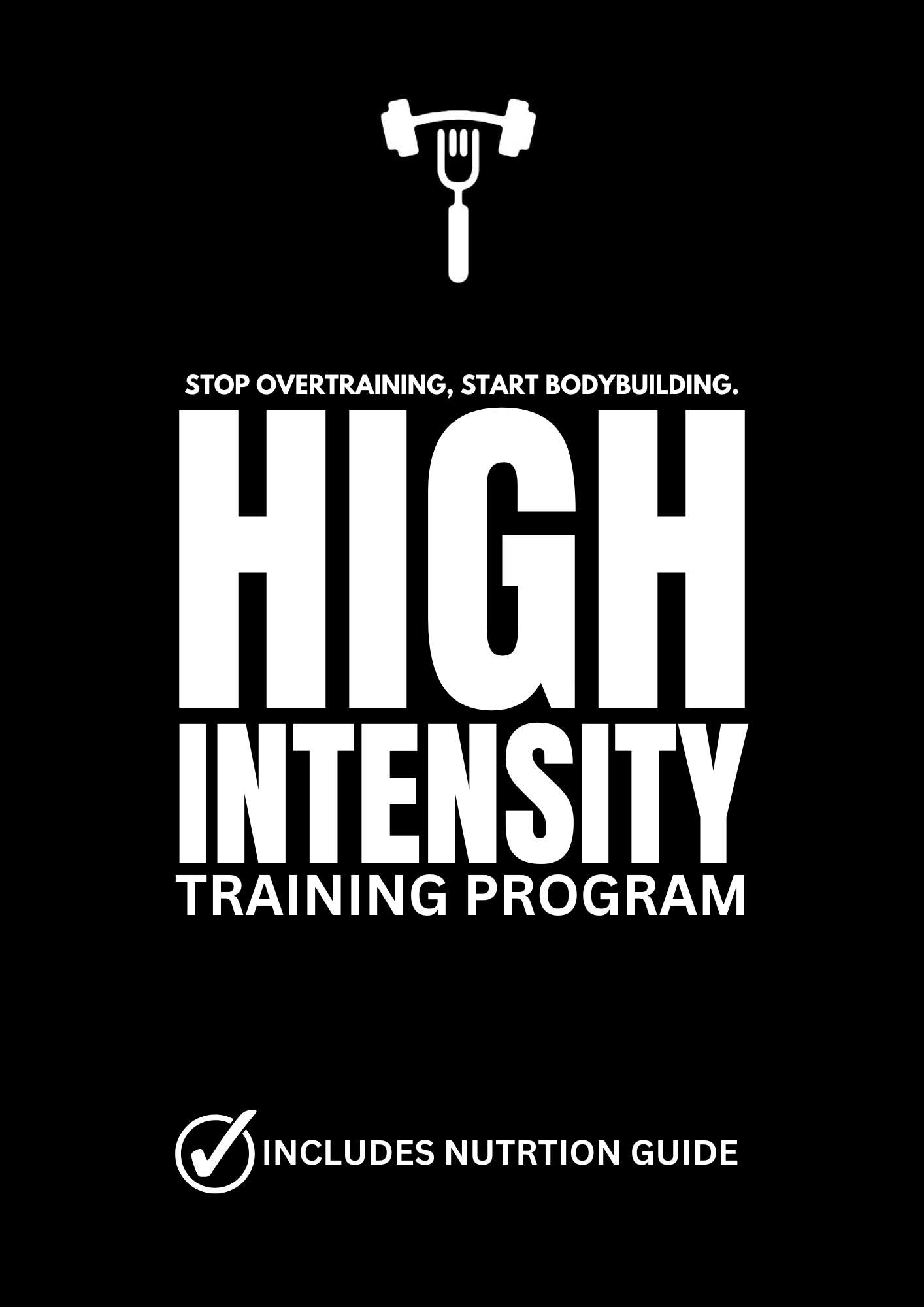Why Slow Bulking Could Be Holding You Back

Are you bulking too slowly?
We're familiar with the downsides of bulking too quickly - gaining excess fat at a rapid rate, feeling out of shape, and compromising health. But what about bulking too slowly? What does it even mean, and why could it be a problem?
Bulking too slowly, in essence, means not achieving the desired rate of weight gain to support muscle growth effectively. While it might seem like a cautious approach, it comes with its own set of pitfalls that could hinder progress in the long run.
When bulking too slowly, one common scenario is not being able to discern whether weight gain is occurring after a couple of weeks. This often happens when the caloric surplus aimed for is insufficient, typically under 250-500 daily extra calories. Such a small surplus might result in negligible weight gain, making it challenging to gauge progress accurately.
The consequence? Wasting precious time and effort on meticulous eating and hard training without seeing tangible results. It's akin to spinning your wheels, unsure if you're making any headway towards your muscle-building goals.
To compound matters, the ambiguity of slow progress introduces uncertainty about whether the gained weight is actual tissue or merely water weight fluctuations. This uncertainty can persist for weeks, making it difficult to assess if you're truly on the right track.
Moreover, a slow gaining pace opens the door to a myriad of variables that can impede progress further. Metabolic adaptations, increased activity levels, and environmental factors like humidity fluctuations can all skew results, making it harder to determine if you're truly in a surplus.
The crux of the issue lies in the signal-to-noise ratio - the ability to discern meaningful progress amidst the noise of fluctuations. Gaining too slowly exacerbates this problem, blurring the line between actual gains and statistical noise.
So, what's the solution? Aim for a more substantial caloric surplus, around 250-500 calories above maintenance, to ensure clearer signals of progress. While this might result in slightly faster weight gain and potentially more fat accumulation, the trade-off is worth it.
Consider it an investment in certainty - paying a little extra now to guarantee tangible gains in the long run. A short-term increase in fat can be easily rectified with a brief period of focused fat loss, followed by a return to muscle-building efforts.
In essence, don't shy away from a moderate surplus for fear of gaining too much fat. The benefits of clearer progress tracking and assured muscle gains far outweigh the temporary inconvenience of shedding a few extra pounds later on.
In the grand scheme of things, the fatal error of bulking too slowly lies not in the extra fat gained, but in the lost time and effort spent on ineffective strategies. So, embrace a more decisive approach, and watch your gains soar without getting bogged down in uncertainty.

